|
30th May 2021
Sunday night gaming on Board Game Arena concludes with the final game of the evening: Happy City, read my blog about it here.
0 Comments
30th May 2021 Sunday night gaming on Board Game Arena continues with Dragonwood. Those woods there, there be dragons in those woods, that must be why it's named Dragonwood! There are many monsters to capture, so to assemble brave adventurers, take your cards and take your dice and head off into the forests, there're adversaries to be struck, stomped or screamed at! Caveat: We've only ever played Dragonwood digitally online. What's in a game?
Well, there's not much that can be said since we've only played it digitally. The art on the carts is bright, cartoonish and pleasant, text is clearly written and easy to read. How's it play? Setup
The objective in Dragonwood is to capture creatures cards which are worth 1-7 points each. Each turn, the active player will have a choice of 2 actions.
Then it goes to the endgame. Endgame Players score the victory points for each creature they captured. The player who has captured the most creatures earns an additional 3 points. Once points are tallied, highest score wins! Overall
Decisions are based around how much you want or need to push your luck and when to or when not to try and capture cards, managing this is key to Dragonwood. If a creature has a value of 10 for one of it's target numbers, then it's not hard to figure out that 4 dice will give the active player a 50% chance of capturing it and they'll need to play 4 cards to do this. 9 or lower and the odds swing in the player's favour, 11+ and well, it's not a push your luck game for nothing! Sure, someone can play it safe and draw cards to get better odds, but this consumes turns while instead, competitors could be capturing those creatures. A handful of adventurer cards scores nothing at the game's end. Conversely, rashly trying to capture cards and failing will cost players their adventurer cards, it's a clever little balancing mechanic. Even though the decision to capture a card or not is a simple, almost no brainer decision, the need to outdo other players generally means it never quite a meaningless one. We found that acquiring enhancements early on (If they appear early on that is.) could be a big advantage. There are enhancements that add 1 or 2 to capture rolls, it might not seem like much, but in a game about averaged dice rolls, it can swing the odds quite a lot. It's obvious that Dragonwood is a light game that skews towards younger players and with that in mind, I don't think it's appropriate to be overly harsh on it. With it's fairly simplistic choices and reliance on randomness, fans of 'heavy' games probably won't find much to engage with here, unless they're looking looking for a undemanding filler for around 30 minutes to allow their brains to cool down between other, heavier games. However, I do think that younger players will find the game enjoyable and dice rolling exciting, casual gamers may also find it entertaining. 30th May 2021 It's a Sunday and I'm logged on to Board Game Arena on my PC, time for the first game of the night. Monk Tybor Kwelein had spent his life cataloguing the 4 kingdoms of plants, fungi, insects and animals in the pages of the titular Codex Naturalis. Now he is no longer with us, will one-to-four other people take up the mantle and carry on his work in the form of a neat little card game. What's in a game? Codex Naturalis is a card game and unsurprisingly, has a lot of cards. All the cards are about half the size of normal playing cards which is sensible, as otherwise the game would have a massive footprint, most of the cards share some similar features.
The scoring board and tokens are pretty standard quality game components and perfectly acceptable. The cards feel very thick and sturdy (Maybe because of the smaller size?) and seem to be made to a high standard, all the gold cards and numerous resource cards are embossed in actual gold foil, which is a really nice touch and despite their small size, most of the cards all have charming, highly detailed monochrome illustrations themed by their colour. Finally, all the cards are coated in a glossy finish. The only criticism I have is of the small symbols at the bottom of the gold cards, they are quite small and some players have complaint that it can be hard to discern between the symbols, particularly the blue and the green. Otherwise, these are some of the highest quality card components I've seen and it all comes wrapped up in a compact tin. How's it play? Setup
The objective in Codex Naturalis is to create an expanding spread of overlapping cards in their playing area. The basic process of actions to achieve this in Codex Naturalis is simple, a player plays a card, then draws a card, of course there's more to it than that.
points, this card probably scores the most if you can manage to fill the doughnut hole!
Play continues one player's score reaches 20 or more, then the endgame is triggered. Endgame After the endgame is triggered, the current round is completed, then one final round is played. After this, players count the score from the cards they've played and then calculates the score they get from completing both common objectives and their secret objective. Score are tallied and highest score wins! Overall
Codex Naturalis has simple rules, but also a fairly deep level of gameplay. Despite only having a hand of 3 cards, players are given a wide variety of choices and strategies to pursue when placing cards. A lot of this comes from the objectives, you'll obviously need to play gold cards to score but it's important not to ignore objectives, scoring from the gold cards will generally put your score into the low-to-mid 20s, but objectives which are scored after the end and can push your score higher, especially since they can be scored multiple times. That everyone has a secret objectives means that the final outcome is not known until the final scoring and keeps the stakes high. Players must also learn to manage their hands and objectives, there are 4 colours of card, but only 2 of each type of card is ever displayed face-up, it's likely that player's won't always see the cards they need. Codex Naturalis can also give players agonizing choices because they'll frequently be given the option to cover up a resource or objective symbol with the corner of another card. When that symbol is covered up, it's gone for the rest of the game, forcing players to choose which to prioritise. Only symbols that appear in the middle in of a card cannot be covered. Finally, because face-up cards never have more than 3 visible corners, players will need to think how to place cards with future placement in mind, the visible corner of a card can be 'locked' by placing another card with a hidden corner adjacent to it. This essentially ends that line of expansion, which can limit options later on. Codex Naturalis is a little too long for a filler and perhaps a little too short for a main game, which is only a minor quibble really. Otherwise, I found it to be a solid, easy-to-learn, mid-to-light game with good replay value and high production values. Definitely worth a try. 28th May 2021 It's a Friday night and we've met up at Simon's for some impromptu gaming. Have you ever had the urge to run around being chased by Dracula? Or The Wolfman, or any other of the Universal movie monsters in a cooperative turn based race against time to defeat them? Then welcome to Horrified. What's in a game? Horrified is a cooperative board game in the vein of games such as Pandemic and has some loosely similar rules.
The monster figures seem good quality and stand about 32mm high. All the tiles and tokens are made of suitability thick cardstock, the standees are also fine. The quality of the 2 decks of cards what you'd expect. The game's art is universally good, I particularly liked the board which is eye-catchingly coloured in blue and yellow. All the art used on the monster components is also excellent, wisely drawing inspiration from its iconic source material, this includes the monster figures which are reasonably sculpted for game pieces and easily recognisable by anyone who knows their universal monsters. Art on the other tiles, character and villager standees is also good, the same is true for the monster & perk cards. Item tokens only feature monochrome illustrations and that's fine since the tokens are quite small and there will generally be a lot of them. Besides, just how exciting can you make a clove of garlic or a pitchfork look? How's it play? In Horrified, players are tasked with travelling round the board to collect item tokens and use them to complete tasks to make monsters vulnerable, then they can be defeated. All the while, the players must avoid the monsters and also protect the very hapless villagers. Setup
On to play When the active player has their turn, it will be split into a character turn and then a monster turn. Character turn Let's start with the character's turn, each character will have 3-5 action points to that the player may spend per turn, they can be spent as follows:
The monster turn is dictated by the monster card which is drawn. Each monster card has 3 elements to it.
Endgame Horrified has 2 ways to lose. If the marker on the terror track reaches 7, then everyone flees the village in errrr, well terror! If, when it comes to a monster turn and there're no monster card to draw, then time has run out and it's game over! Monster overrun everything. Players win the game by completing the objective for each monster and then vanquishing all monsters. Overall
Horrified uses some interesting mechanics that set it apart from similar games. The asymmetrical objectives that need completing for the different monsters is genuinely inspired game design. Objectives like curing The Wolfman, solving The Mummy's sliding puzzle or proving the existence of The Invisible Man thematically it fits the monsters and mechanically it adds variety and longevity to the game. The damage mechanic is also an excellent idea; forcing players to choose which item(s) to discard can be a meaningful and painful decision, choosing either to lose an important token that is needed or a high value other token is tough. It also does away with the need to track health or hit points. Villagers too, are a good addition, keeping them alive can be a burden, but is also vital to keeping the terror track under control. If character manages to escort a villager to safety, then the reward is a perk card. Perk cards can be extremely useful and turn things around when played at the right time, they can be game winners. Horrified is a little bit less finicky than it's counterparts but that doesn't make it an easy game, whenever we've won, it was only with a couple of actions in hand and when we've lost, it's been by a few actions as well. Like every other cooperative game I've played, Horrified uses luck - or bad luck more precisely, to provide a challenge to the players, some bad dice rolls or an unfortunate monster card draw can really throw a spanner in the works. Like all those other cooperative games, how players manage the bad luck is important to victory. Furthermore, every decision has to count, Horrified is a tightly balanced game. Since there are only 30 monster cards, that means that players basically have 30 turns to win, or on average 120 actions to spend. There's scant time to waste. Horrified is a fairly accessible, fun to play and well presented game. It's one of the best cooperative games I've played and I'm to play it again. 23rd May 2021 It's Sunday evening and I'm logged into Skype and Board Game Arena on my PC and it's time for the final game of the day. Drafting. Rawr! Dinosaurs. Rawr! T-rexes. Rawr! Draftosaurus has it all, drafting and well... you get the idea. This is a game where scientists have discovered how to clone dinosaurs and now parks of them are opening everywhere, all in a completely non-copyright infringing manner of course! Caveat: We've only played Draftosaurus digitally online. What's in a game?
There's not much more I can say, I can't talk about the physical components which also include a draw bag. How's it play? Draftosaurus is about placing dinosaur meeples into the pens, different pens have different requirements, which is explained below. Setup
Endgame Once the 12th and final dinosaur meeple has been placed by all players, the endgame is triggered. Players score all of the sets they've created on their board, plus any bonuses or penalties. Highest score wins. Overall
When playing Draftosaurus, more often than not, players will find themselves having to place meeples into unexpected pens thanks to the placement die. Without this element, the game would be too predictable. How players deal with, manage and anticipate these these situations is key to victory. Often there will be a conflict between which set to increase or start on and keeping a pen open for another type of dinosaur. It also pays to try and remember which dinosaur meeples will be coming round. The winter side of the board makes it harder to collect different sets and provides more challenge but somehow a little less fun? It's hard to find a lot more to say about Draftosaurus, it's quick, fairly light game to learn and play that's also quite luck based. If you don't like this sort of game, Draftosaurus will probably infuriate you. I think that maybe it's a bit too luck based for me to play extensively. Not taken too seriously and played as a filler game and Draftosaurus is a reasonable diversion. 23rd May 2021 Sunday night game rolls on and I'm logged into Skype and Board Game Arena. The final game of the night was Forbidden Island: A cooperative race against time to escape a mysterious island about to be swallowed by the ocean. Forbidden Island is the older sibling of Forbidden Desert, you can read my blog about it here. Caveat: We played the game digitally but in the past have played the physical game. What's in a game?
Eye-catching, good quality artwork is used on the flood cards & island tiles, they also come with suitably evocative names such as Temple Of The Moon, Cave Of Embers, Breaker's Bridge and so on. Art on the treasure cards is also good and matches the nicely sculpted figurines. All-in-all, the components are good. How's it play? Forbidden Island is a race against time to recover 4 treasures (In the form of the 4 figurines.) and escape the ancient island as it collapses into the ocean waves. Collecting treasures is done by heading to certain locations with a set of cards and acquiring them, Setup
During their turn, the active player will have 3 action points to spend on various actions. Once all players have had a turn, then the game gets to have its turn.
If, during play either of the decks is depleted, simply shuffle the discard pile back into a deck. Endgame As a cooperative game, the players collectively win or lose. Forbidden Island has several ways to lose and 1 way to win! There are 9 'critical' island tiles on the board. Each figurine has 2 tiles which are used to acquire the it, if both tiles for a figurine sink before it is acquired, then it's game over as there's now no way to get that figurine. Similarly, if the Fool's Landing island tile (Which contains the helipad sinks.), then there's no way to escape and it's also game over. If a tile with a character on it sinks, the character must swim to an adjacent tile, if there are no adjacent tiles, then unless that character is the diver, they will meet their water end! If any character is lost then it's game over for all players! Finally, if the marker on the water level reaches the skull & crossbones, then well.... you get the idea. Glub! Winning; easier said than done! Any single player must collect 4 identical treasure cards, then must reach one of the 2 island tiles associated with that treasure and spend an action to acquire that treasure's figurine. This must be done for all 4 figurines. That's not the end though, now all the characters must reach the helipad and a Helicopter Lift card must be played by any player to escape to victory. Overall
Like other cooperative games I've played, Forbidden Island injects a dose of luck into the gameplay in order to consistently challenge players and how players manage that luck is key to victory. Broadly speaking the gameplay is; player shores up island - game tries to sink island - player shores up island and so on. Players have to keep the island a safe as possible long enough to survive and get the cards they need to win the game. It's not as straightforward as it sounds though, the 3 actions points each player is given to do stuff never seems enough. Players have to choose between working towards objectives or saving the island and the clock is always, always ticking. The way the flood deck works means that tiles which have already suffered a flood will be more prone to suffering further floods because when a Waters Rise! card appears and refreshes the flood deck, cards that were already revealed are put back on the top of the flood deck, meaning they will be the first to be revealed again. Obviously protecting the critical island tiles is.... well critical but choosing to protect other tiles is a harder choice. Sure you can allow a unimportant tile at the edge of the board to sink and it won't immediately affect the game, however, when a tile sinks, its flood card is removed from the deck, slimming it down and meaning that flood cards for tiles you are trying to protect will appear more often. Keeping cards in the flood deck can act as a buffer against other parts of the islands sinking, provided you're willing to spend the action points of course.... A hand limit of 5 is also another area of the game which forces players to make decisions, just like action points, the hand limit never seems enough. It takes 4 cards to gain a figurine, giving player's space for only 1 other card in their hand! Through gritted death, players will frequently have to discard useful cards because they're not useful right now. To win Forbidden Island, the players will need to cooperate, coordinate and optimise the use of action points, they'll need to make every decisions count and use special cards appropriately and decisively. Choosing when to let a tile sink or save it, or when and what card to give to another player are all vital decisions and most of the time player's will be forced to make compromises, rarely will their decisions be no-brainers. I find Forbidden Island to be an enjoyable cooperative game and I'm happy to play it. Sometimes the luck of the draw can go with and give you a slightly easier time or it screw you over (Nothing like drawing Fool's Landing in the starting 6 flooded tiles, drawing Waters Rise straightaway and watching Fool's Landing immediately sink....). But if it was always easy or fair, what would be the fun it that? 23rd May 2021
Sunday night gaming continues on Board Game Arena. The second game of the evening was Splendor. Read my blog about it here. 23rd May 2021 It's a Sunday and I'm logged into Skype and Board Game Arena, ready for an evening of gaming. The first game of the night was Happy City, a cheerful looking, light engine-building card game about building up a city, a happy city no less. Caveat: We've only played this game digitally on Board Game Arena. What's in a game?
Symbols are clear and easy to read. How's it play? At it's core, Happy City is a tableau-building game, adding cards increases income or score. Setup
In Happy City, the starting player's first turn is slightly different to subsequent turns, as explained below.
Expert game Happy City has 2 levels of play; family & expert. This blog describes the family version. The expert game differs in 2 ways. All the happy market cards are flipped to their differently coloured sides and laid out, then the players draft one to become the starting card in their tableau and giving them some choice in how they start the game. Special buildings also differ; the family Special cards give players a boost to their income, happiness or population. The expert special cards however, are different, they confer different benefits, sometimes variable and situational. Endgame The game continues until a player has 10 cards in their tableau, upon which the current round continues until all players have had an equal number of turns. Each player's score is calculated by multiplying the total value of happiness symbols in their tableau by all the population symbols. Highest score wins. Overall
Gameplay in Happy City gives players the choice between increasing income or accumulating happiness/population. Income will give the player more buying power but happiness/population contributes towards the end score. Having 3 decks of building cards at different cost ranges is an interesting mechanic when it comes to drawing cards. The player will always have the option to draw 1 or 2 cards, higher level cards will be better, but may prove more risky to draw. E.g., If a player has 4 coins, drawing a level 1 card will be safe as level 1 cards only cost 1-3 coins each, level 2 cards cost 4-5 coins, so there's a risk that a level 2 card will be unaffordable and will have been drawn pointlessly. It can give players a quandary when drawing building cards. The game's scoring mechanic also adds an extra layer to decisions, failing to pay attention to how the points are spread between happiness/population can lead to lost scoring opportunities. While Happy City is simple to learn, enjoyable and fast to play, making it a good filler game, it's perhaps also a little too basic for dedicated gamers. After a few games it was fairly easy to spot an optimal strategy to pursue and it became a race to develop that strategy. So I feel that the game doesn't offer a lot of longevity. Ultimately, because it's such a light game, it's probably a good game for families or more casual players which is probably who the game is aimed at. We also played the expert level a few times but felt like it added little to the game. The varied happy markets are nice and offered a little extra strategy but the expert level special cards weren't so good. The problem was that they seemed harder to acquire than the family special cards, which meant they were acquired later in the game and therefore their benefits were limited, we found it wasn't worth specifically trying to get one, getting one by happenstance was fine, but then that sort of makes having a choice of starting happy market card pointless. We enjoyed the family version more. The family version is a game I'd play, but not too often. 18th May 2021 Lockdown restrictions are easing and we're meeting at Simon's on a Tuesday IN PERSON for the first time THIS YEAR! Today's game was Arkham Horror: The Card Game, you too can have fun watching your character's inevitable spiral into madness as they get caught up in unsettling investigations and tangle with unspeakable Lovecraftian horrors through the medium of flipping over cards! What's in a game? The first thing to say about Arkham Horror: The Card Game is that it's actually a Living Card Game, what does this mean? It means it's a game that has lots of expansions, extra character decks, add-ons and so on. This is Simon's game and I have no idea what packs were used, but it doesn't really matter for the purposes of this blog post. Unsurprisingly, most of the game's components consist of various types of cards.
All of the tokens and cards are made to the typical quality that are expected from games nowadays. From the cards that I did get to see, they contain a lot of high quality artwork. Iconography is generally easy to read. How's it play? In Arkham Horror: The Card Game player's take the role of characters investigating into the Cthulhu Mythos through the form of scenarios and campaigns in a RPG-esque experience that shares the same setting as the seminal Call of Cthulhu RPG. Setup
On to play Broadly speaking, the objective for the investigators is to accumulate clue tokens by moving from location to location and also advancing the act deck. How is this done? Read on. In Arkham Horror: The Card Game, a round is divided into 4 phases.
Endgame Ending conditions will vary from scenario to scenario, generally play continues until the characters are defeated or certain conditions dictated by either the act or agenda deck are met. There are also various levels or winning or losing, depending on the scenario and what players accomplish during the game, this is especially true during campaign play, where different win or loss conditions will lead to different, branching scenarios as a result. Overall
Arkham Horror: The Card Game has some interesting gameplay dynamics, the exploration and investigation elements blend quite well the unpredictable changes brought about by the changing of the agenda and act decks. Players can't take anything for granted as twists and unexpected events occur. Challenges and enemies provided by the encounter deck are varied and interesting. Finally, I like how the chaos bag works, I like how it's stacked against the characters and playing skill and event cards is how tests are overcome, it's suitably pessimistic. I also like how the bag's effect on gameplay can be tailored and can evolve over a campaign. It's a nice mechanic. This brings me to the campaign play, campaign scenarios seem to feature at least 3-4 outcomes that influence the next scenario with interesting changes, which is pretty good. Characters also earn experience points from scenarios, these points can be used to buy better cards to swap into the player deck, progressively making characters better. Being a living card game, there are a lot of accessories, expansions and extra campaigns available to purchase, these can extend the game Rules-wise, there are a lot of rules in Arkham Horror: The Card Game about specific situations and events. Despite this, as a game it's actually in some ways fairly straightforward, player's have three actions to perform per round, that never quite feels like enough, which makes you have to prioritise and try to come up with optimal strategies, which is a good thing. However, like other games I've played that try to provide GM-less RPG-like gameplay, the game gets fiddly and complex when managing 'GM' elements and this seems to be where the bulk of the rules are applied, especially to enemy behaviour. It seems like a lot of effort for what somehow ultimately feels a little bit like average gameplay. The rules and glossary run to over 30 pages, in contrast, there're Cthulhu Mythos inspired pen and paper RPGS that have lower page counts. That's not to say I didn't enjoy playing Arkham Horror: The Card Game because I did, I'm just glad that I played with someone familiar with the game. 10th May 2021
Monday night gaming is on the cards, I'm logged into Zoom and Tabletopia and ready to go! We played Architects of the West Kingdom, read my blog about it here. |
AuthorI play, I paint. Archives
March 2024
Categories
All
|

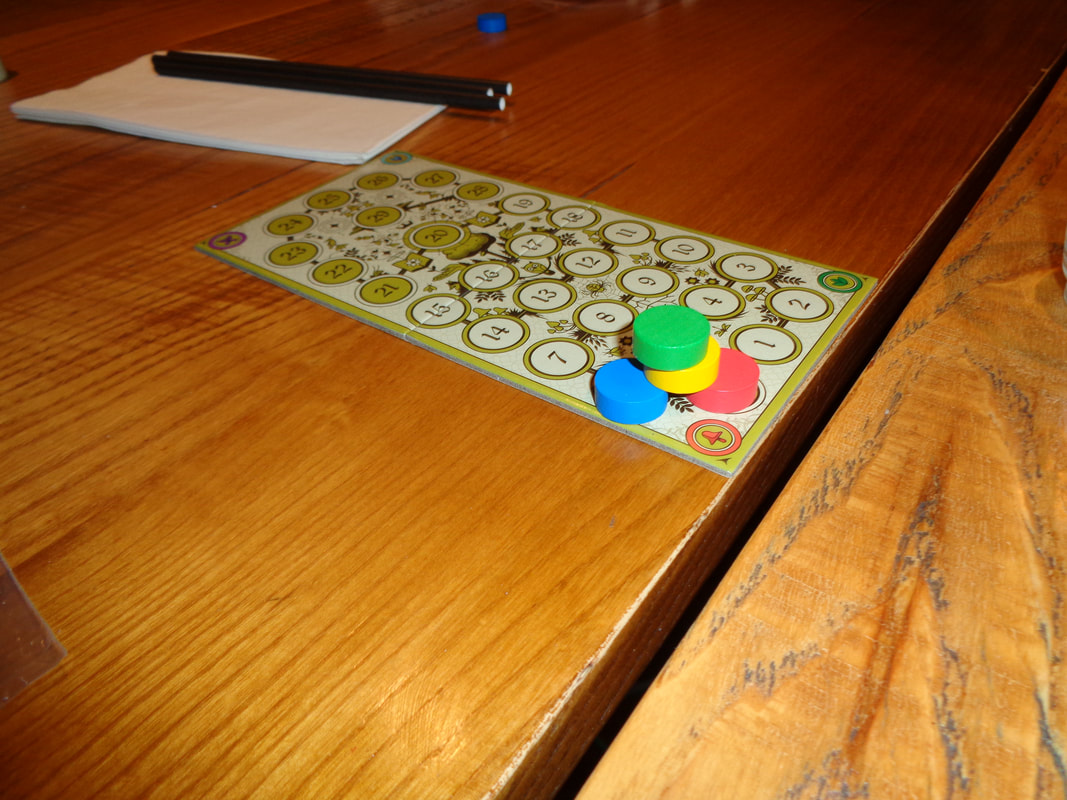
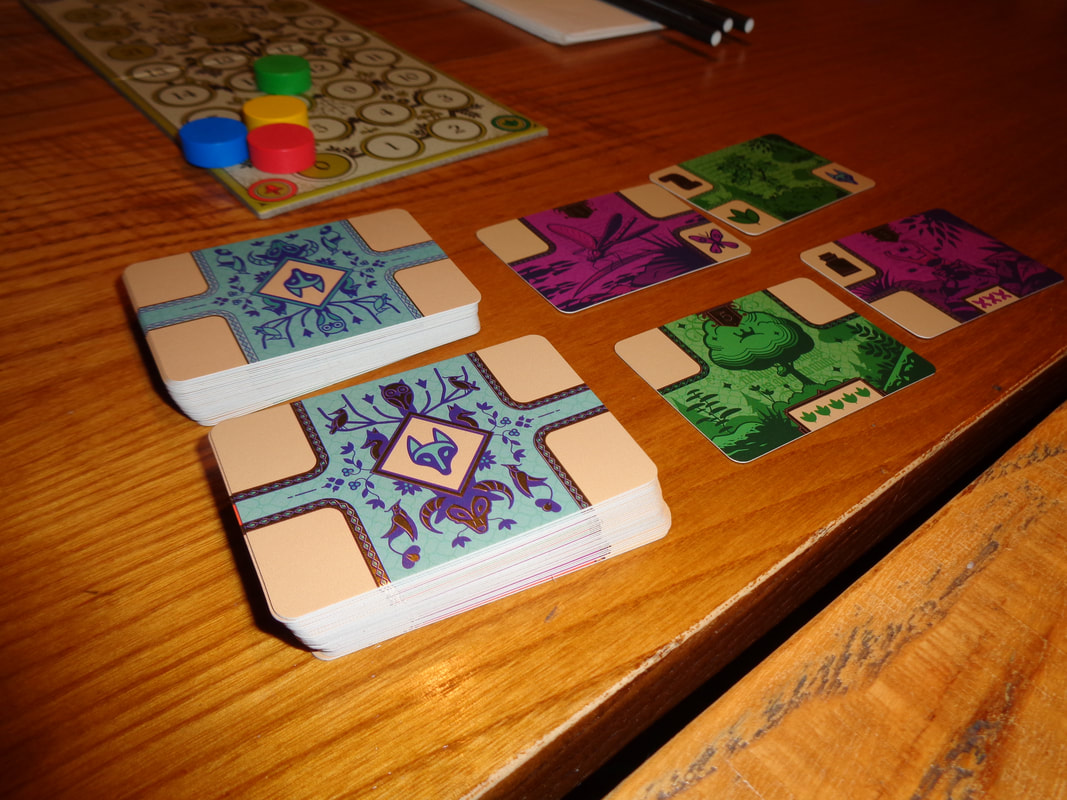
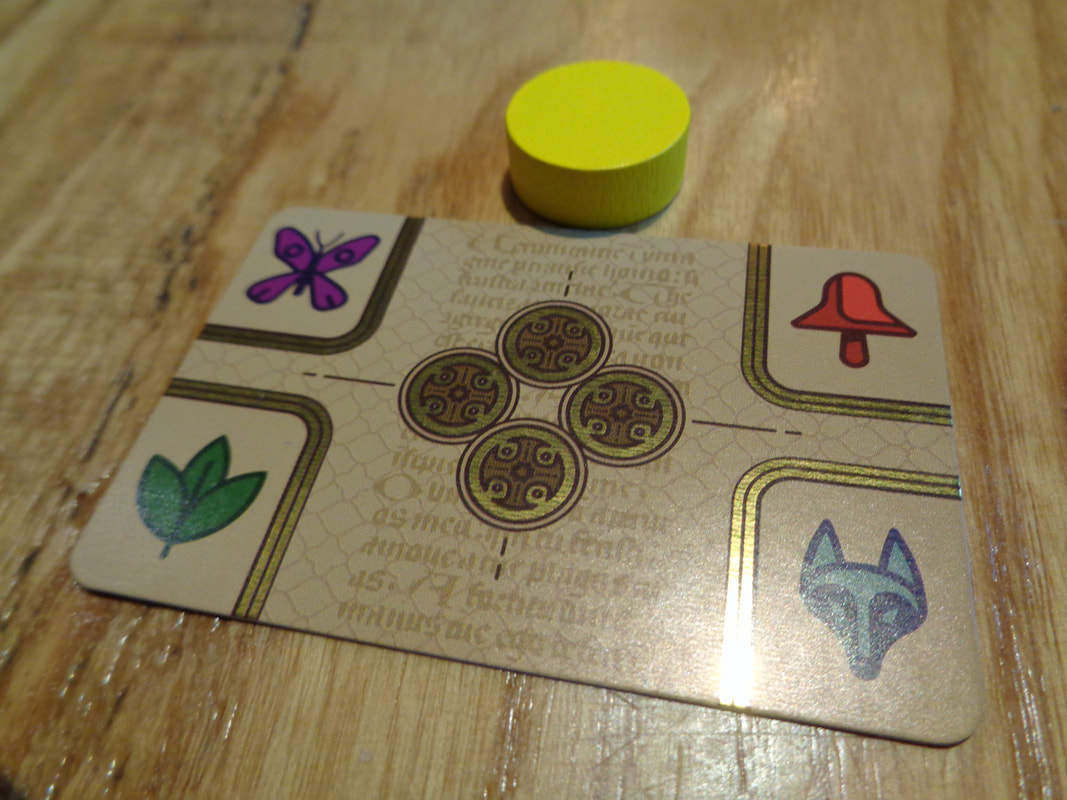
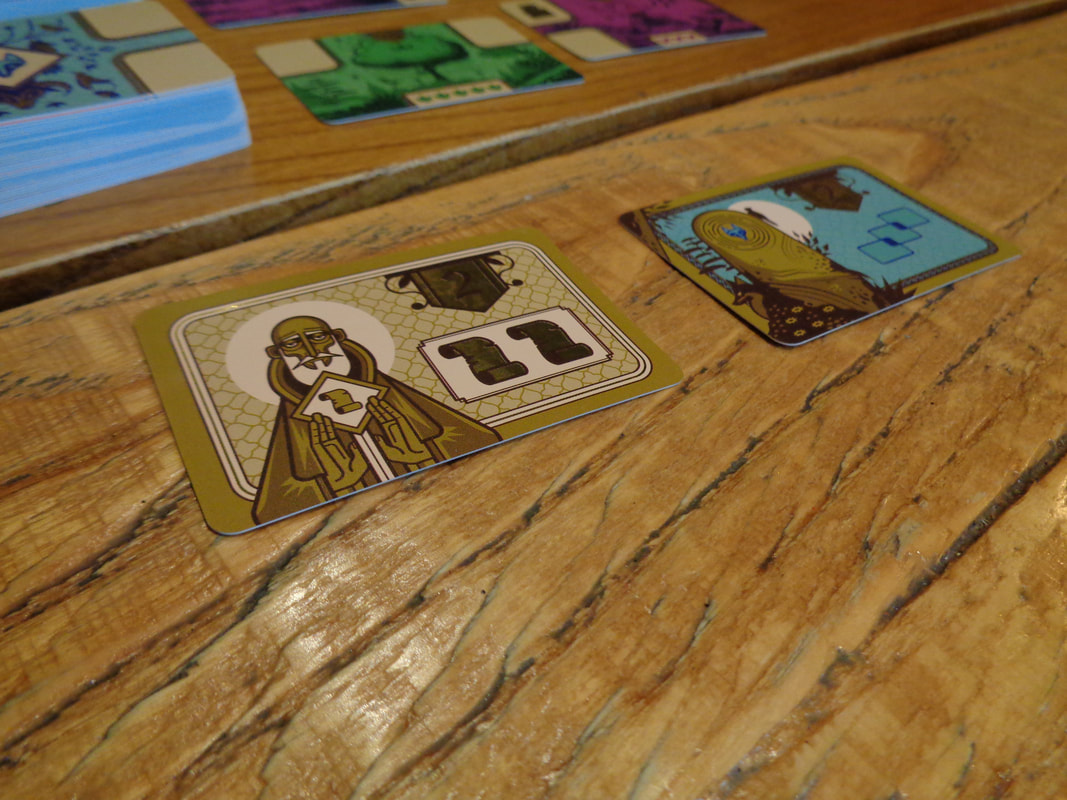
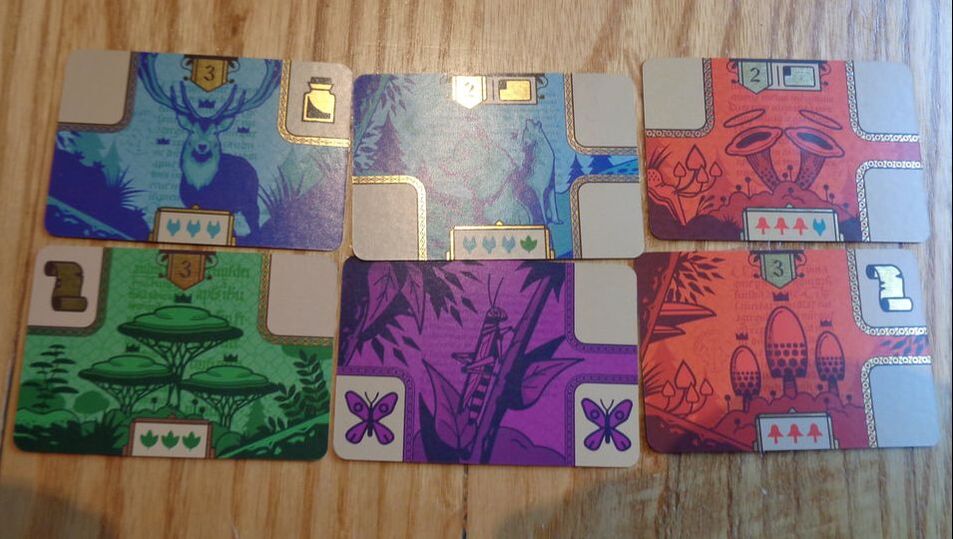
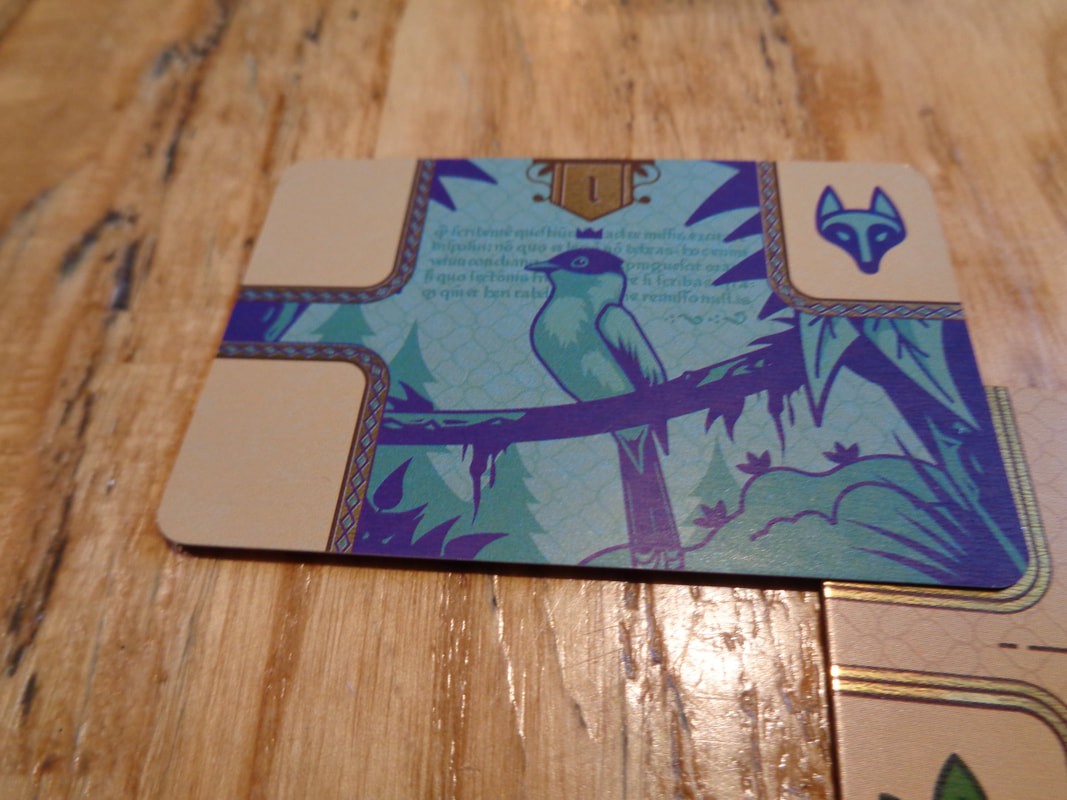
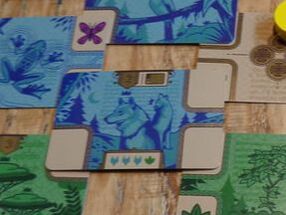
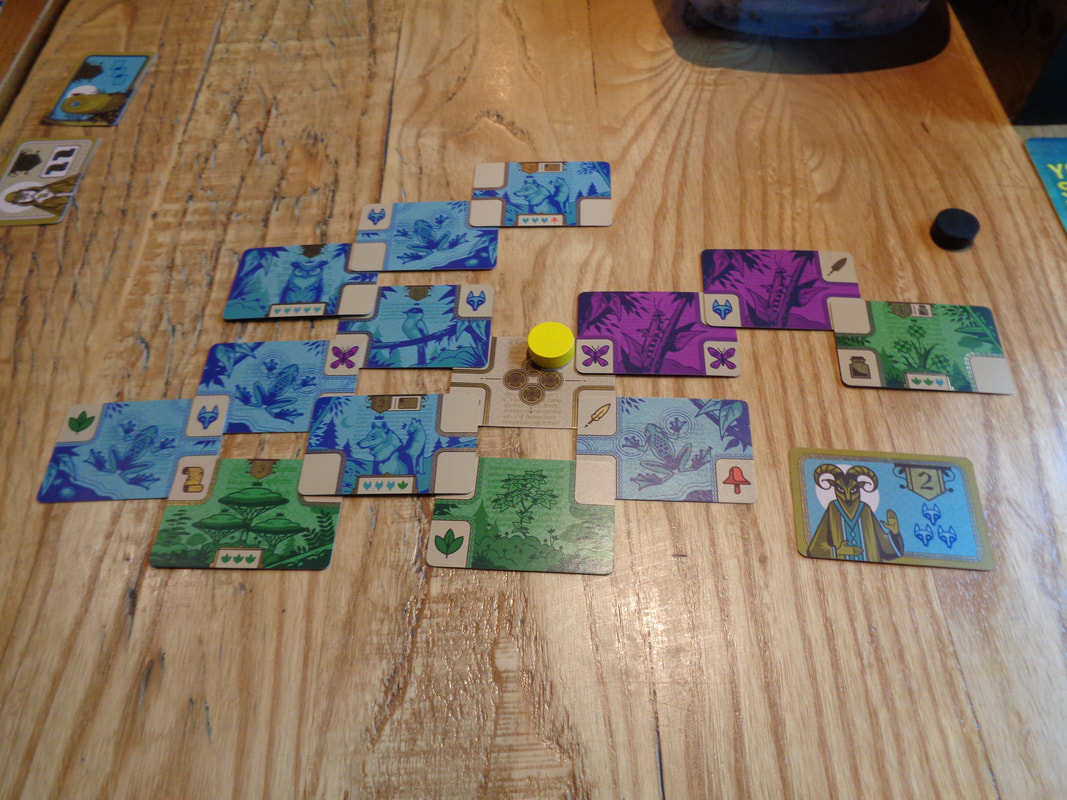
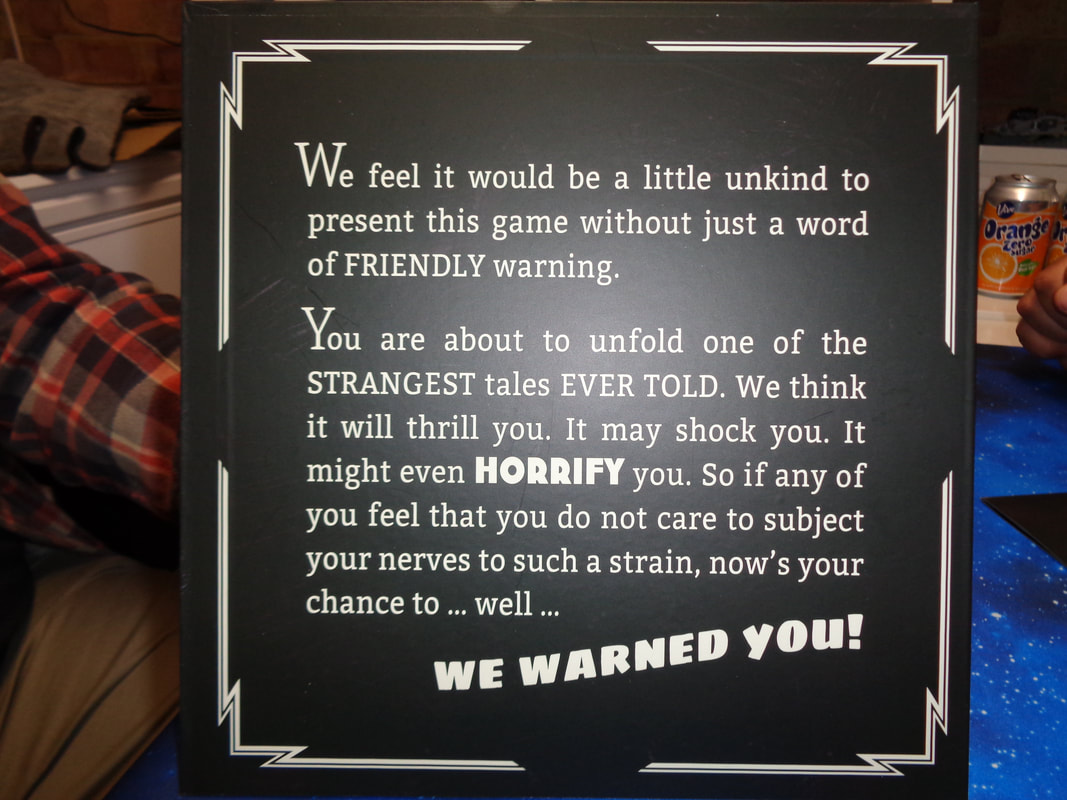
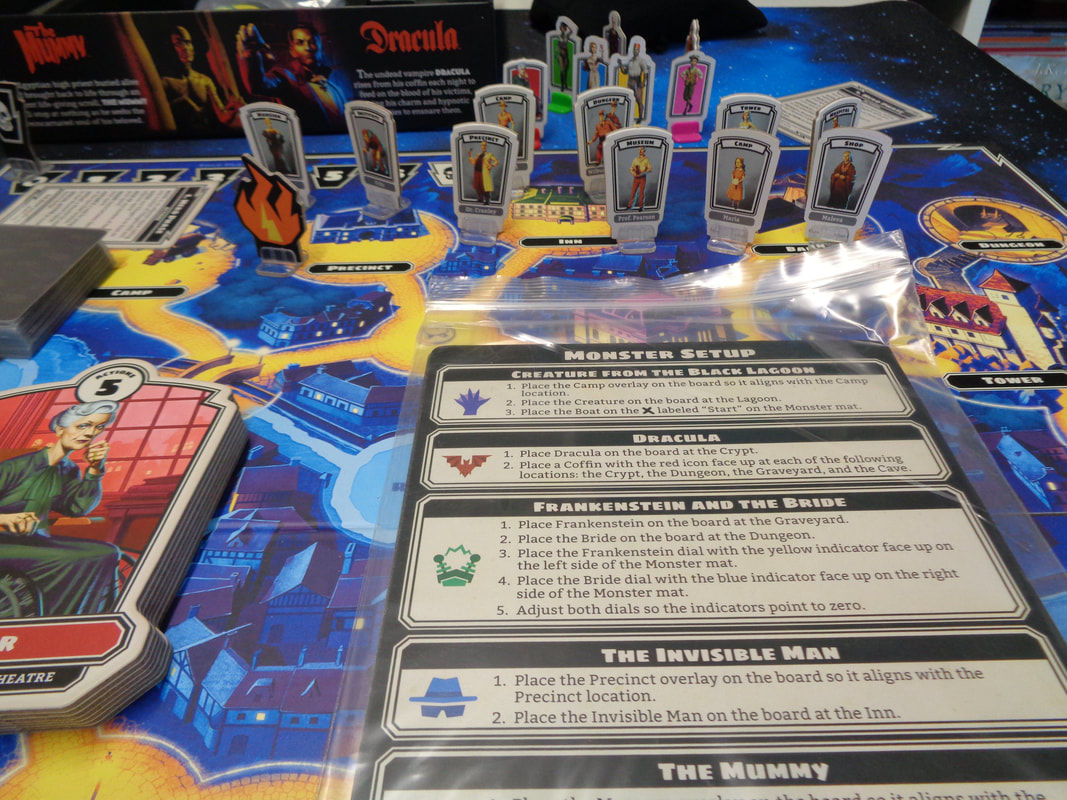
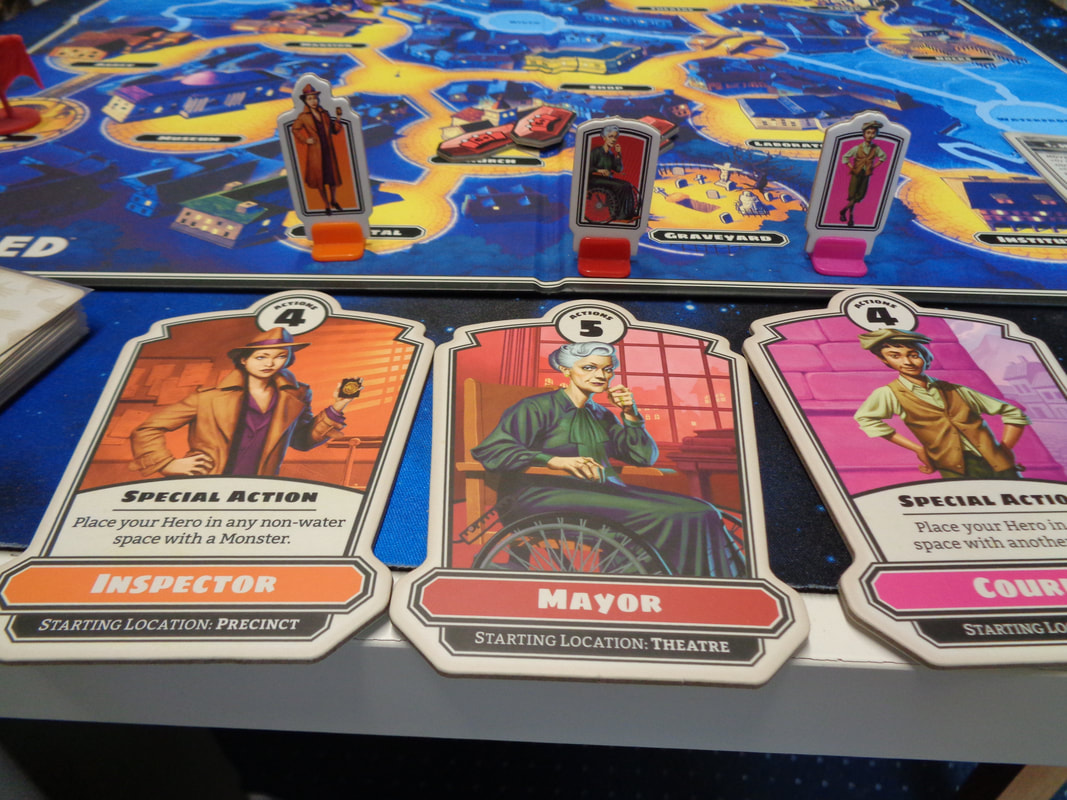
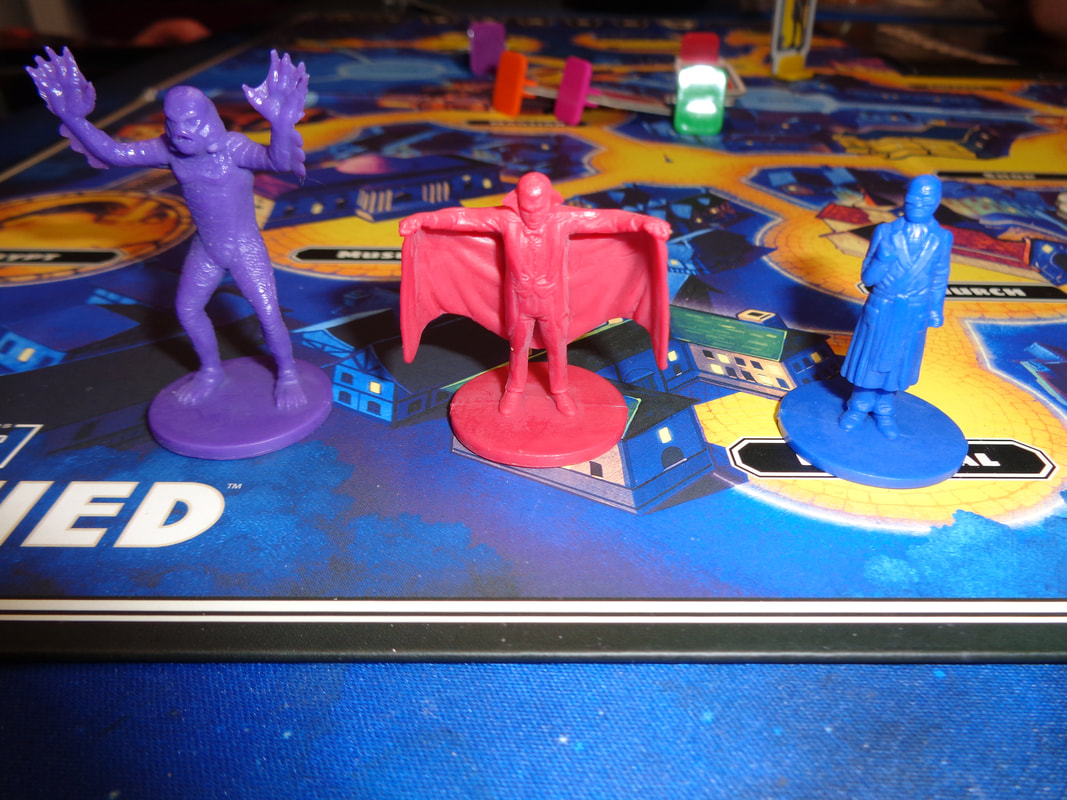
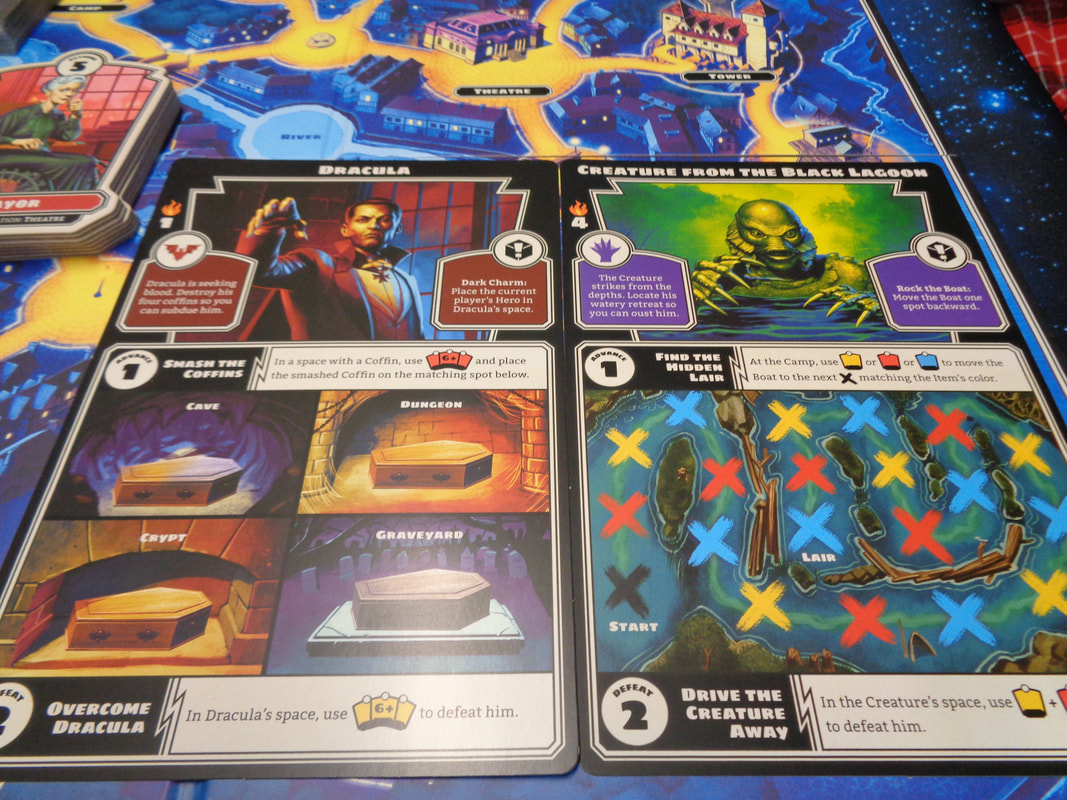
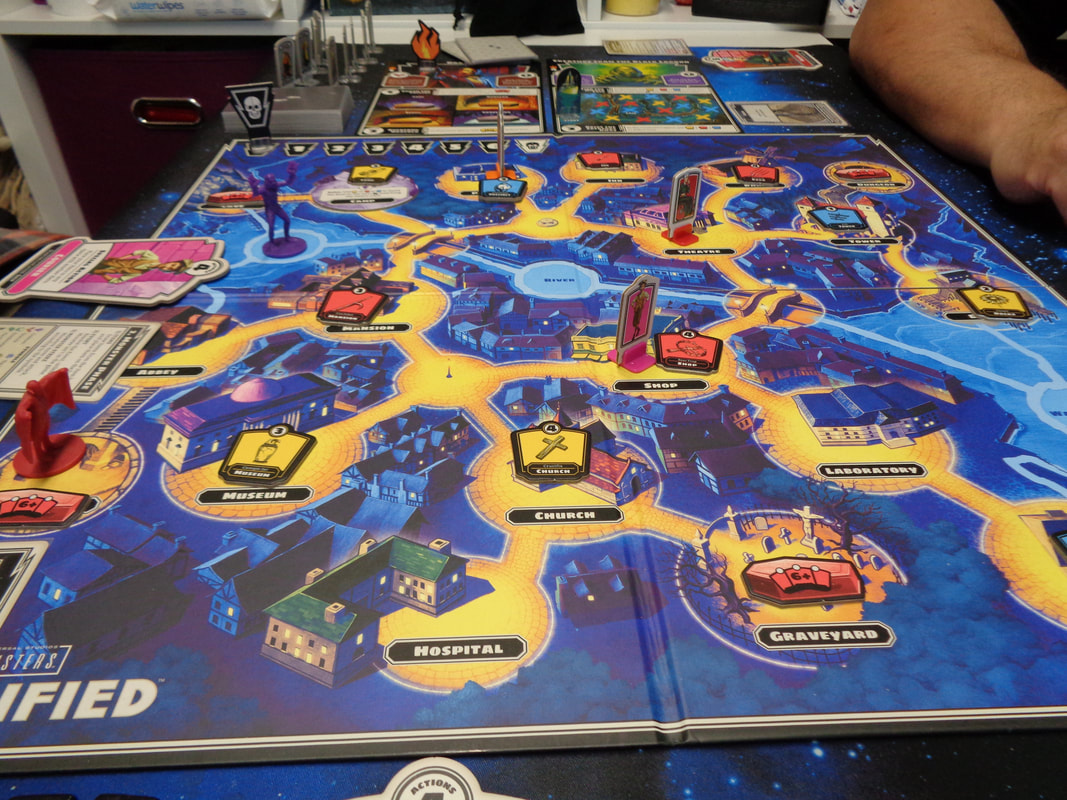
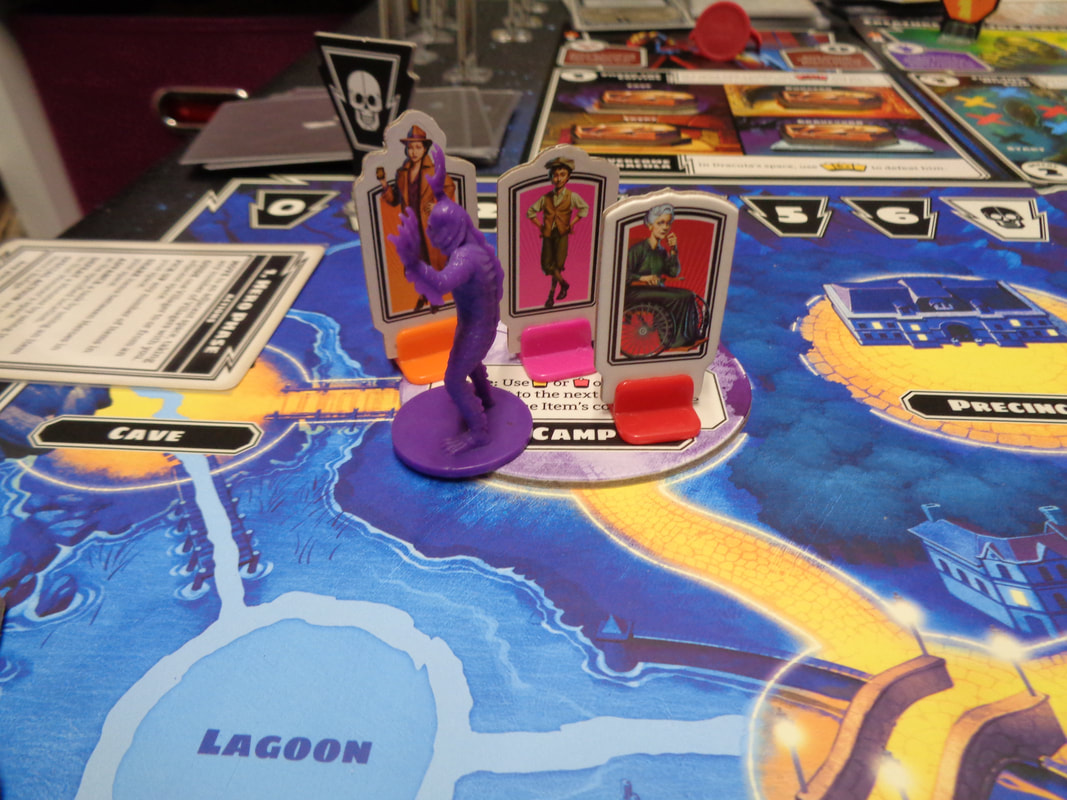
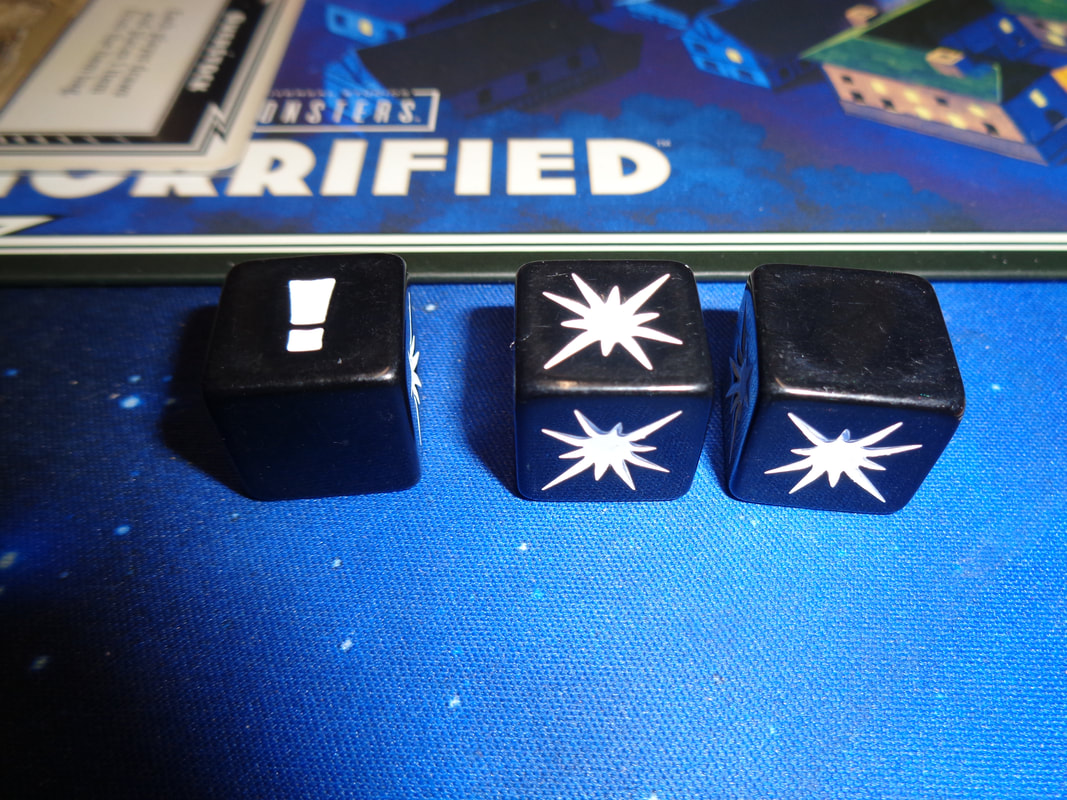
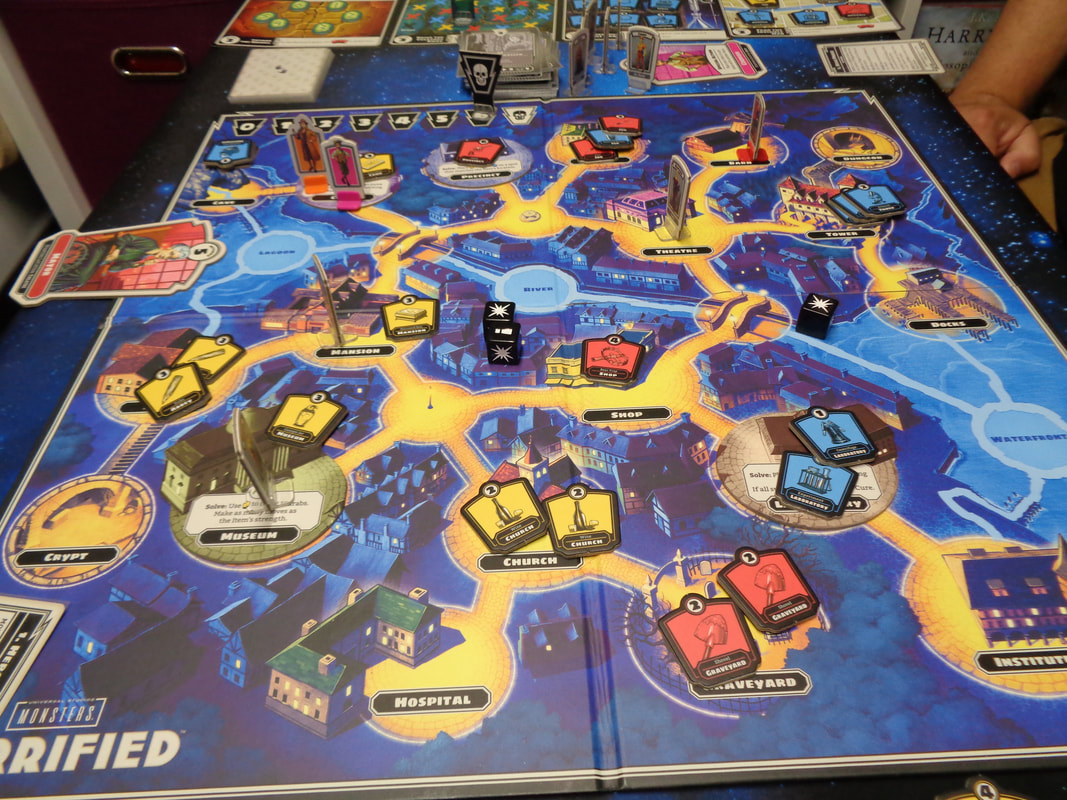
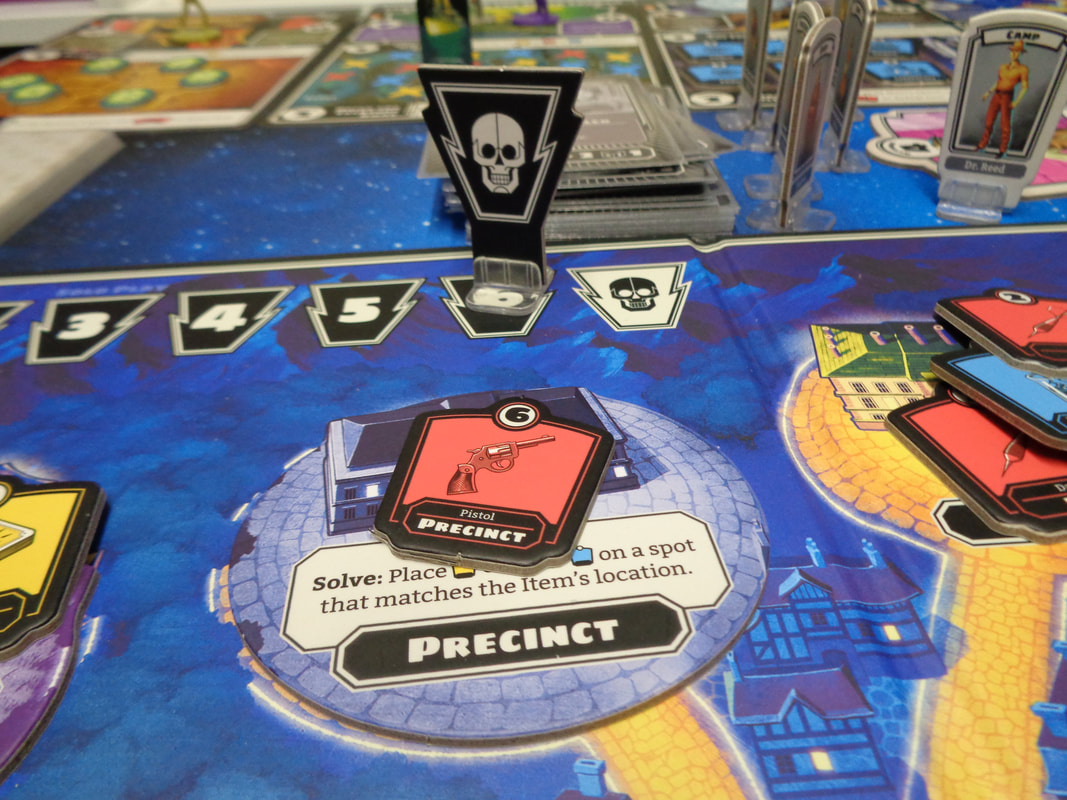
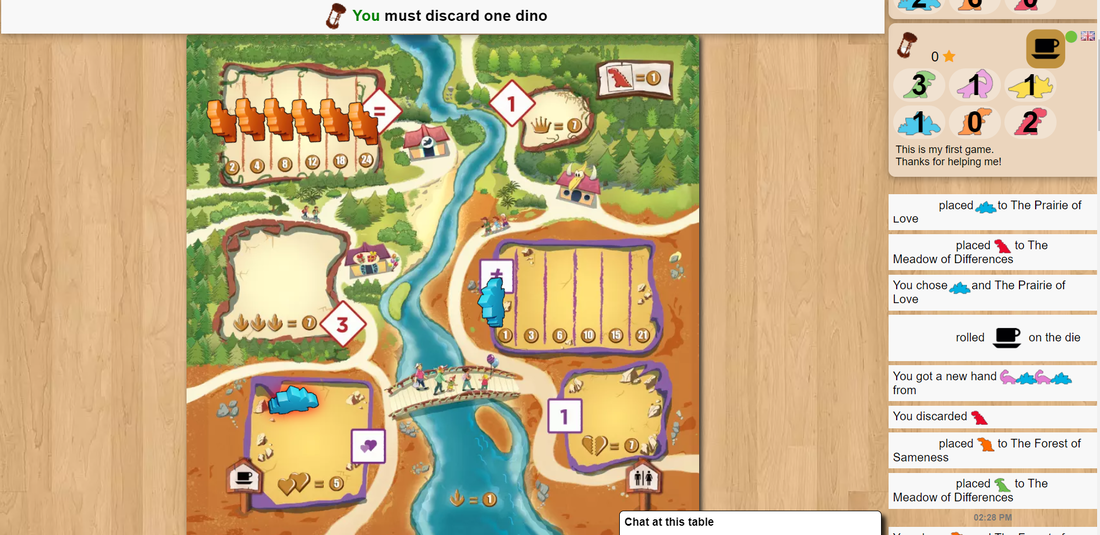
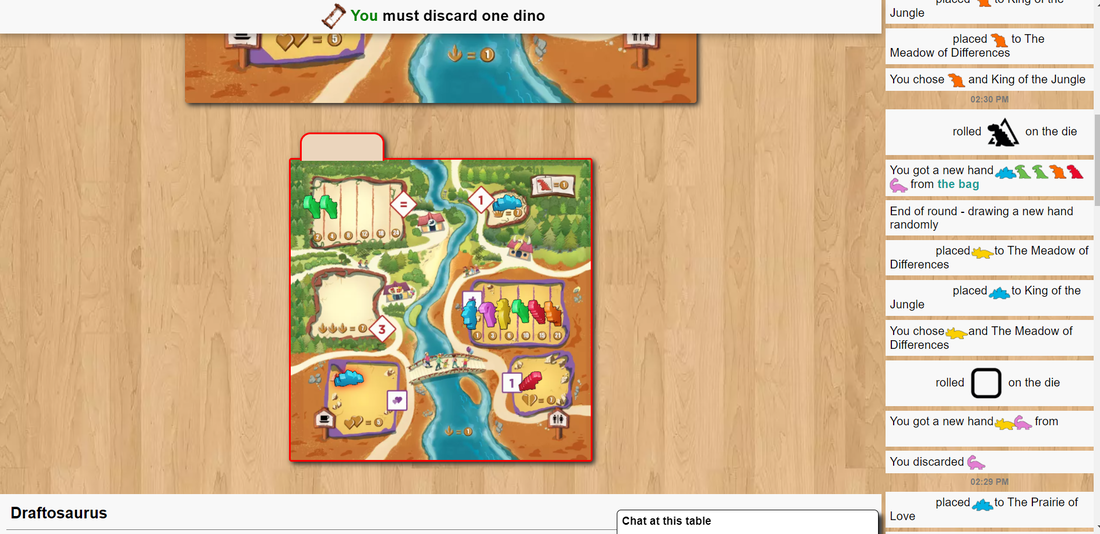
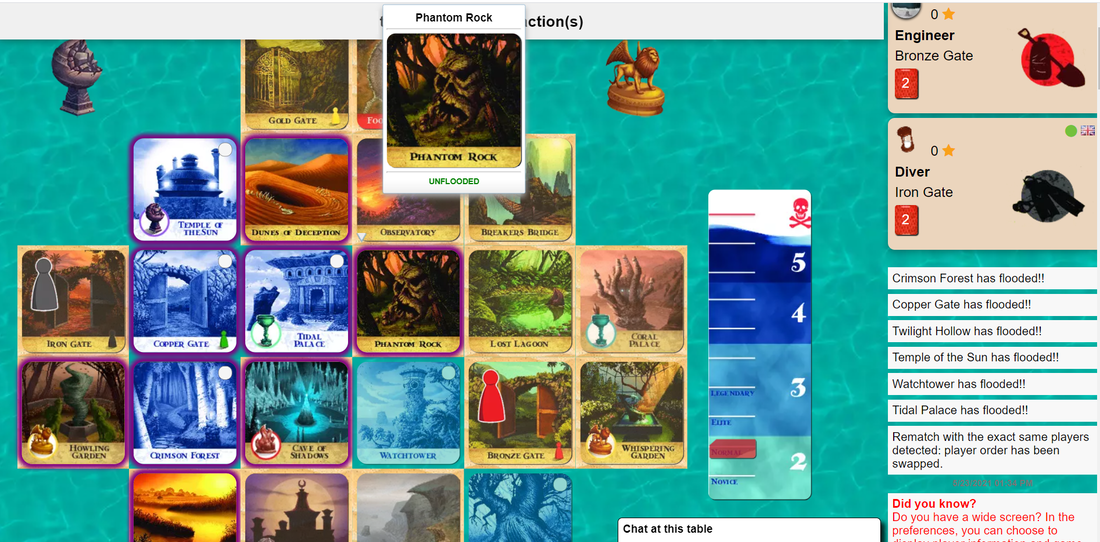
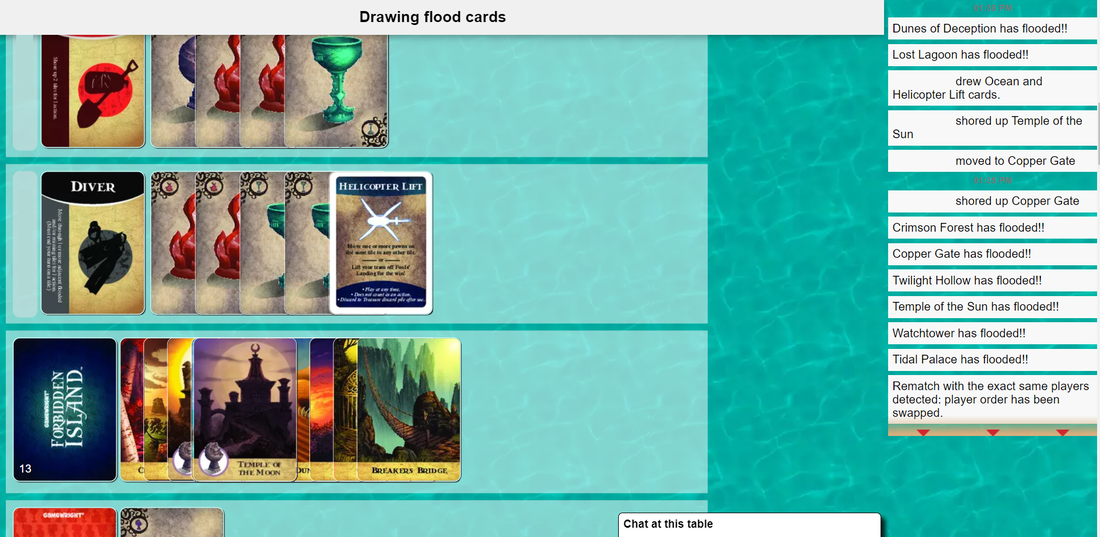
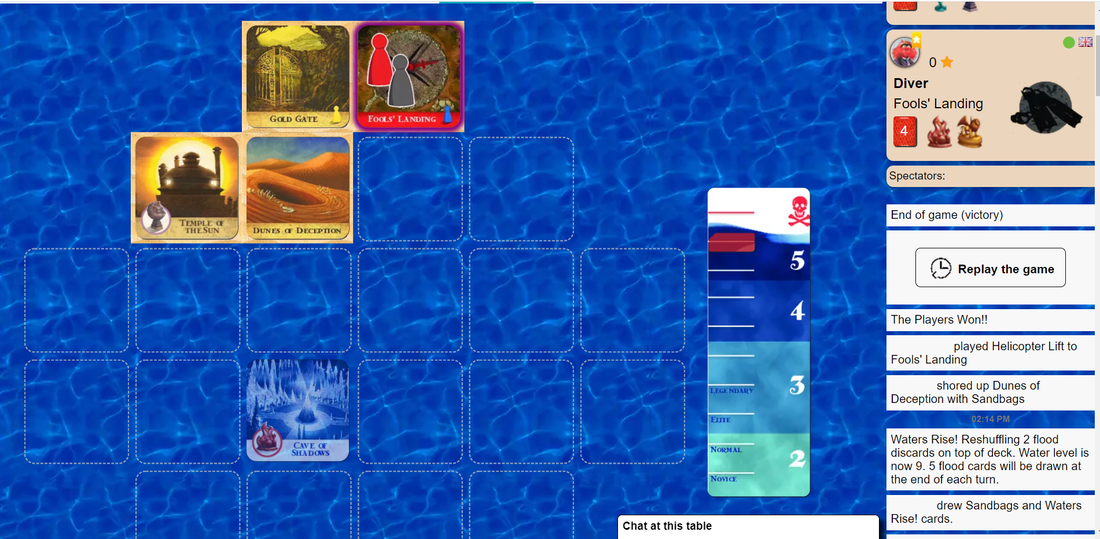
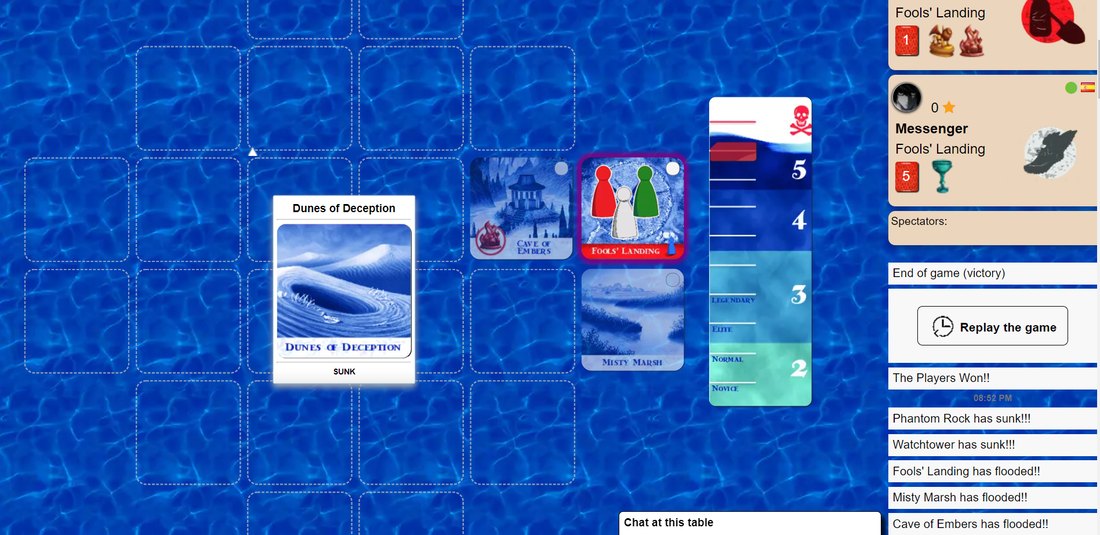
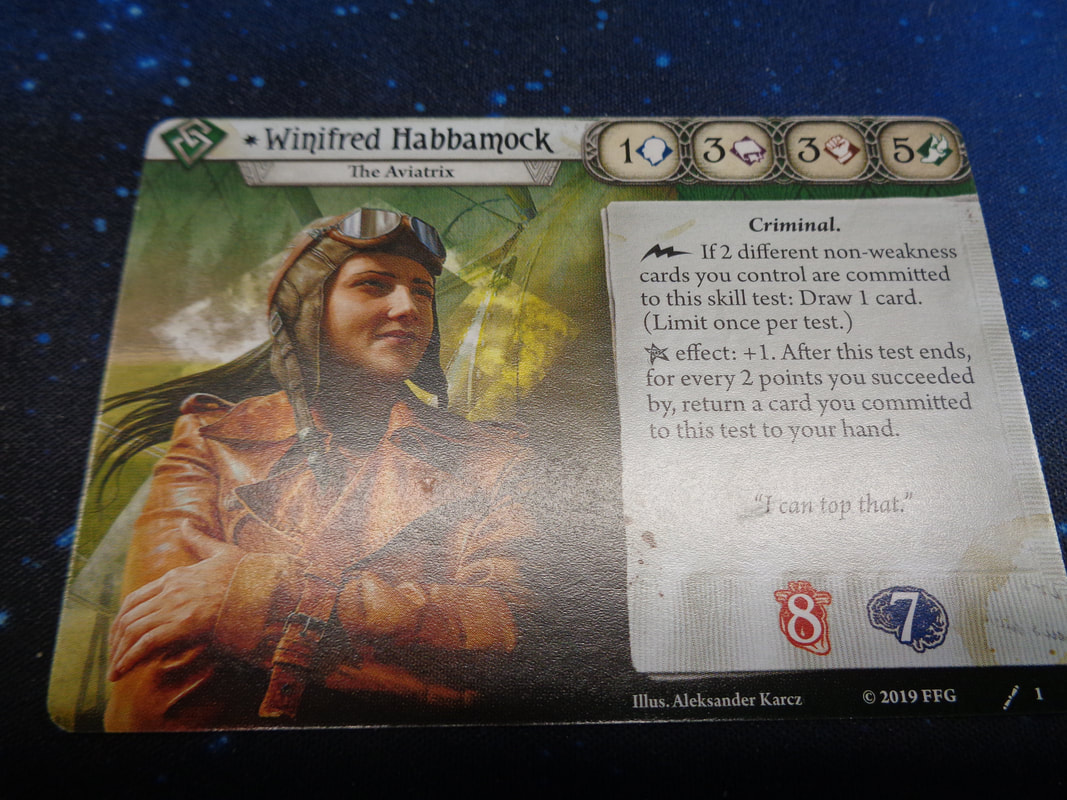
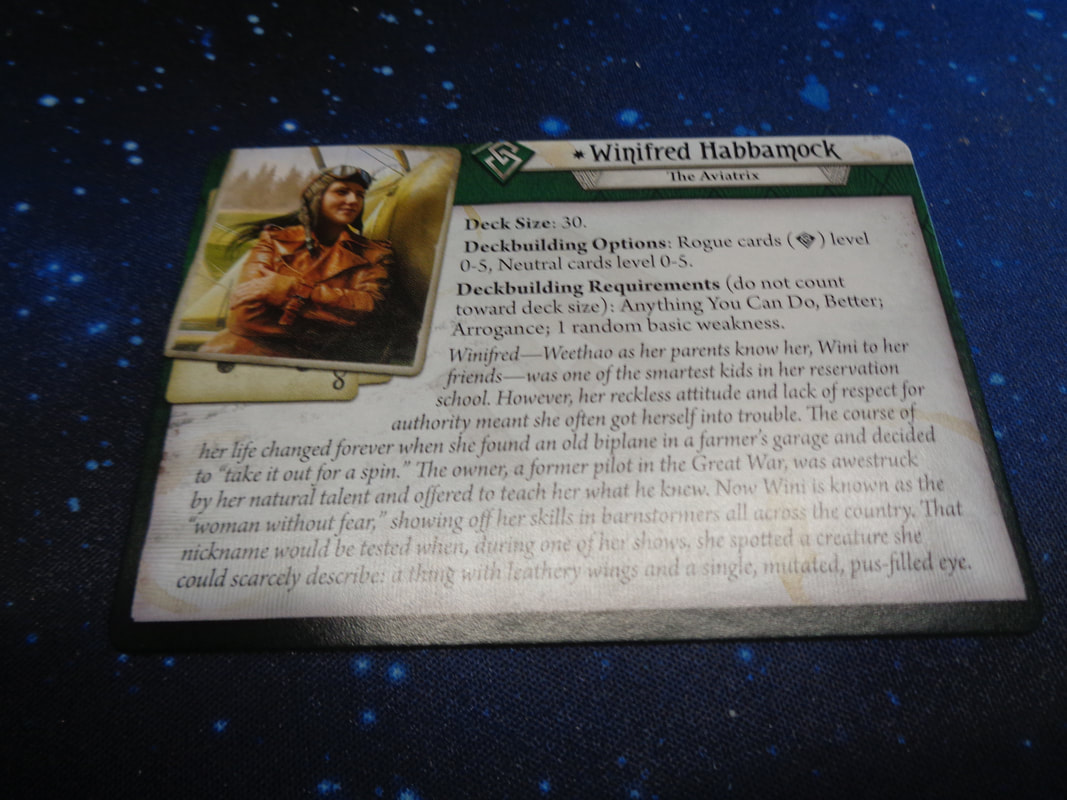
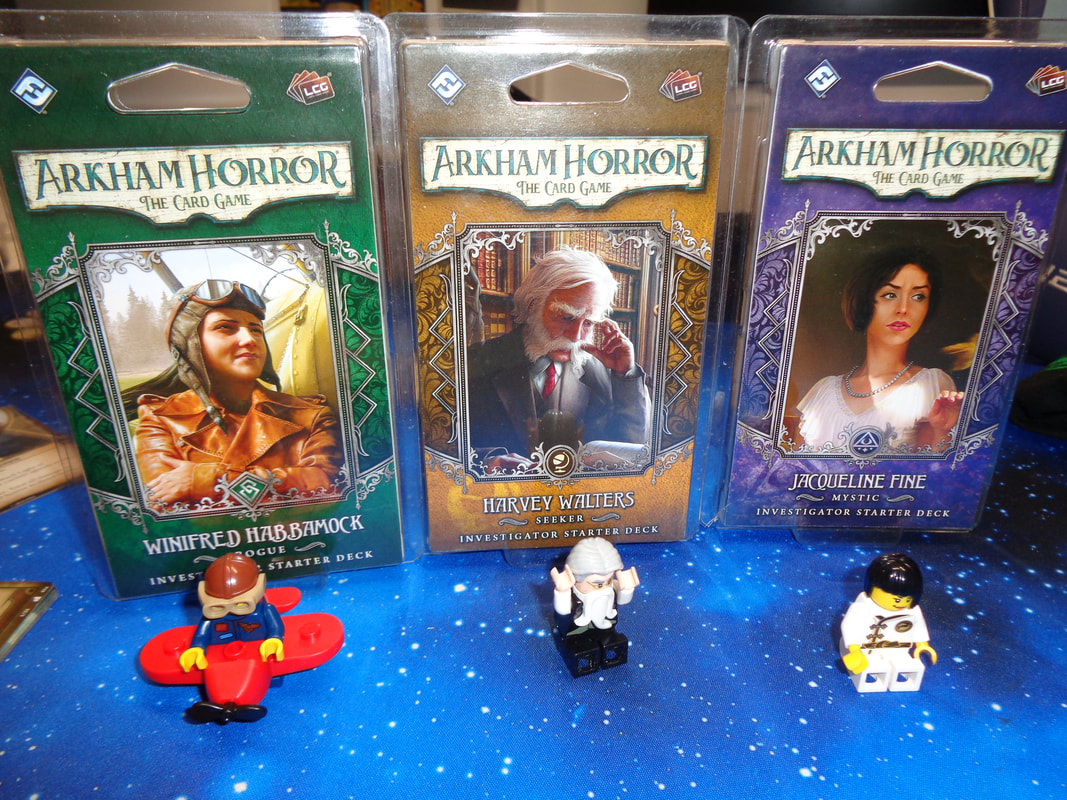
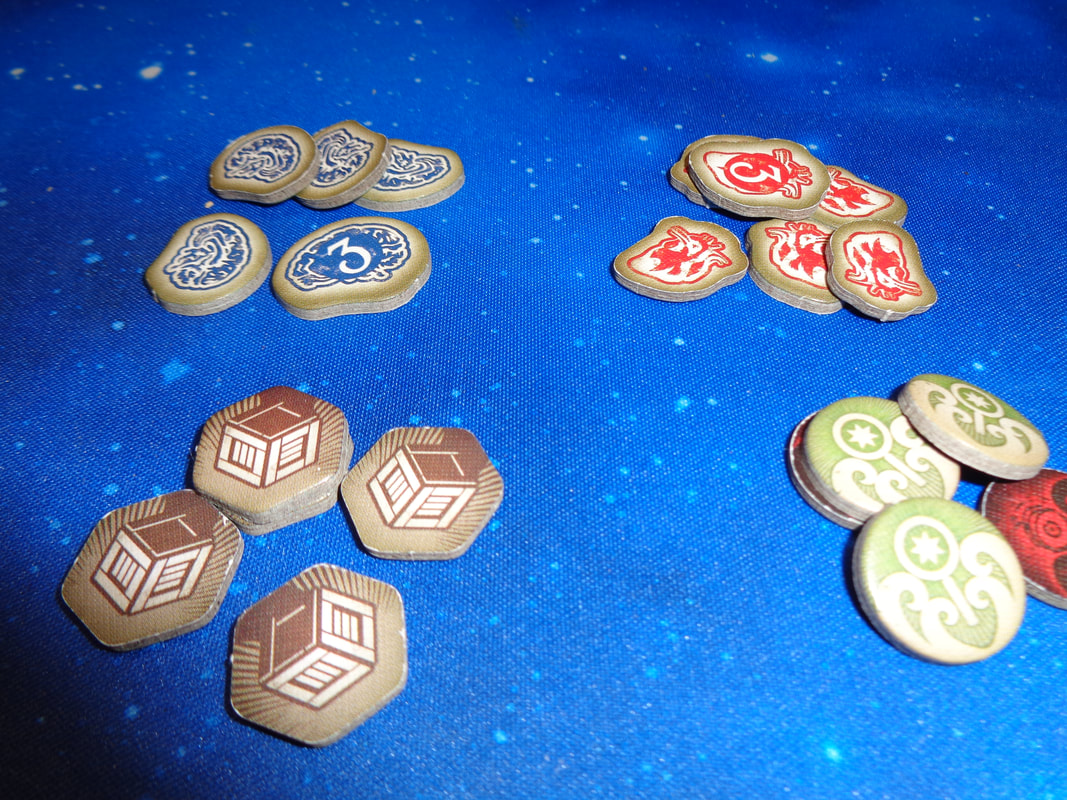
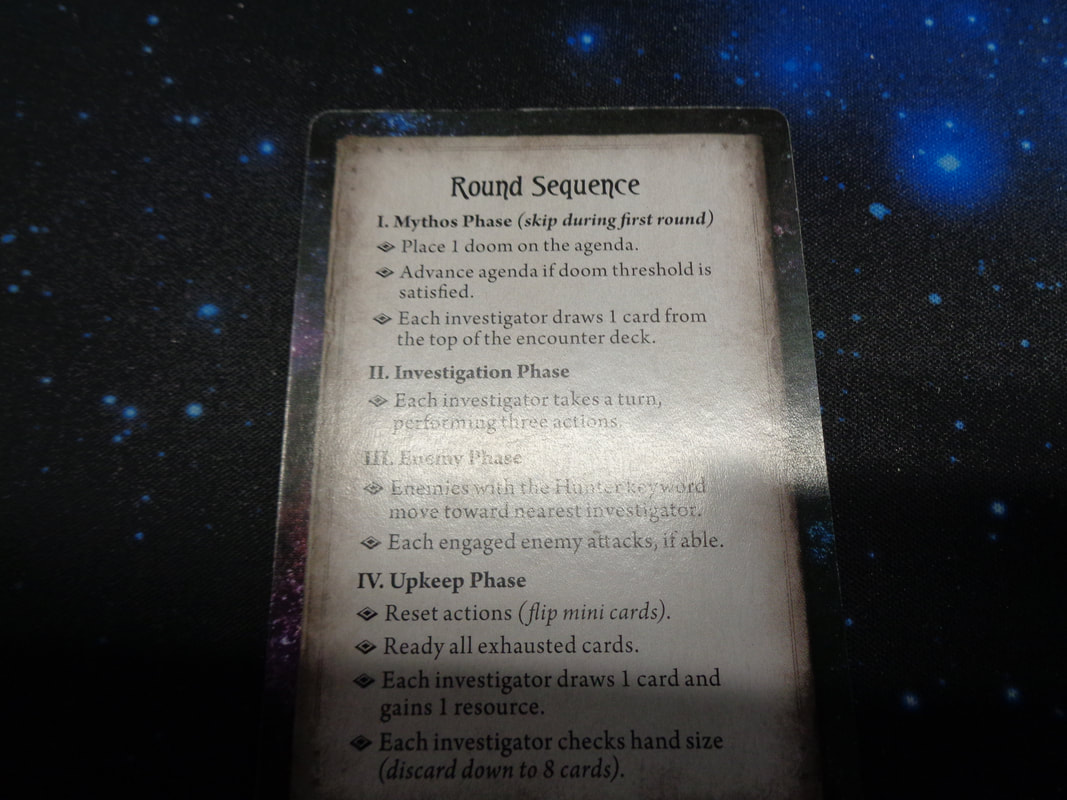
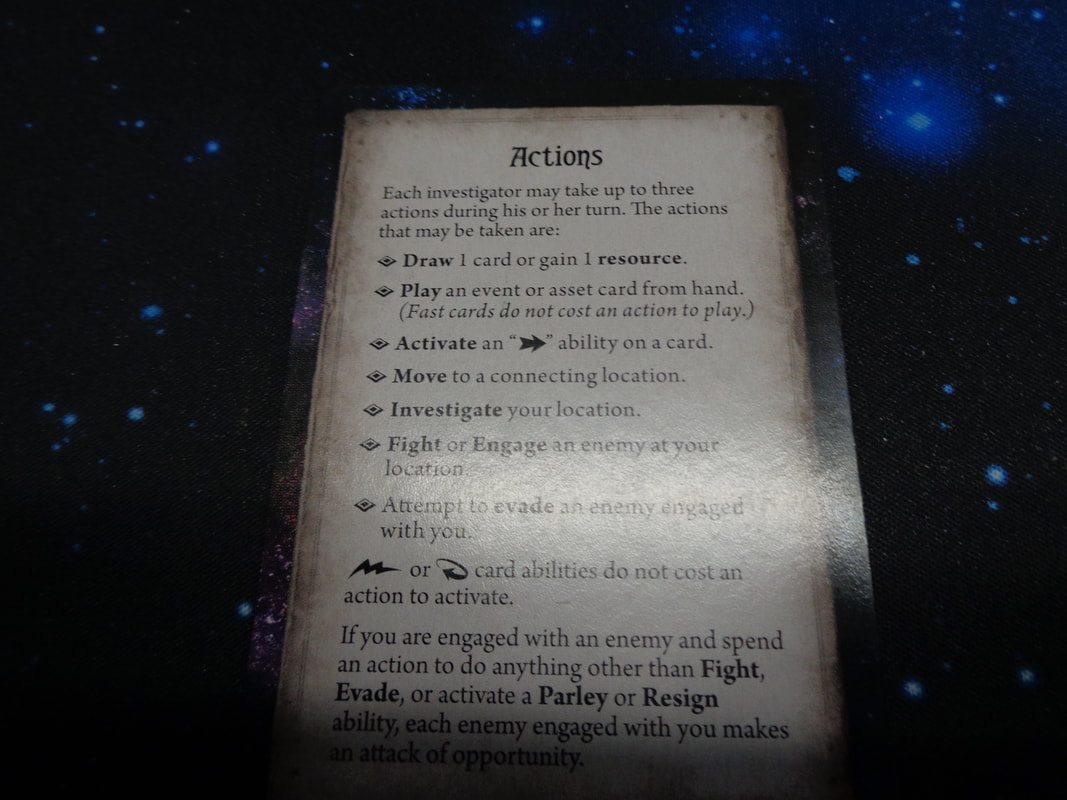
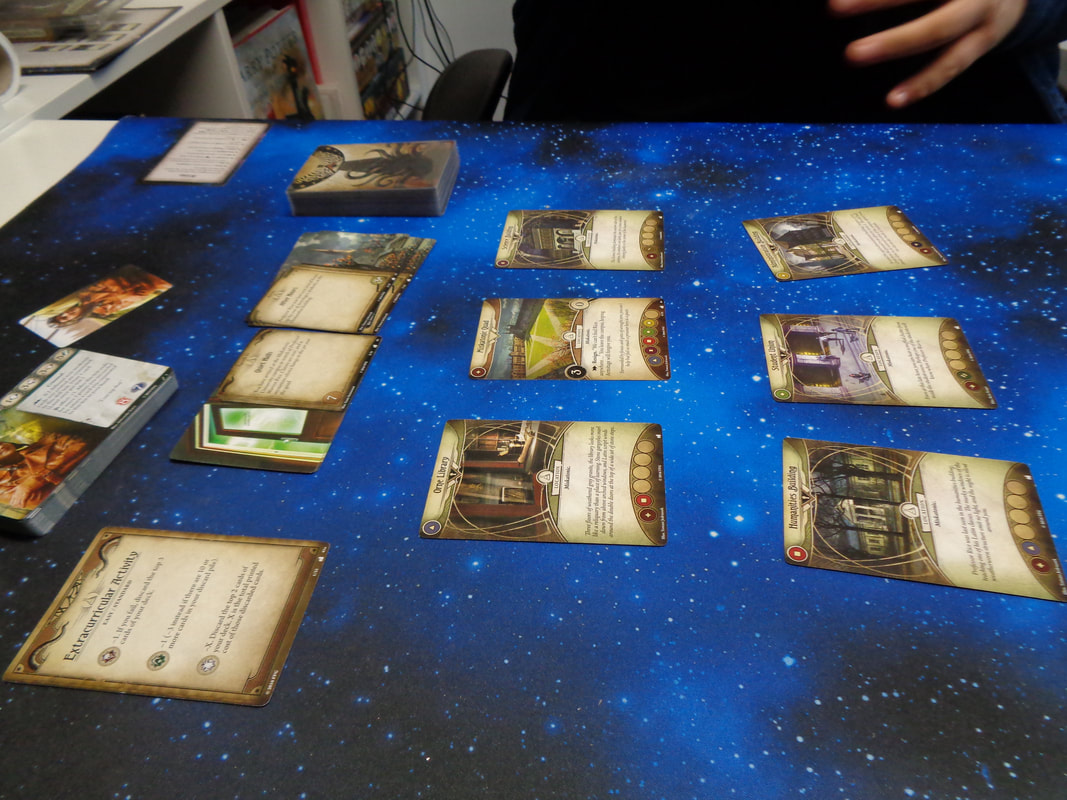
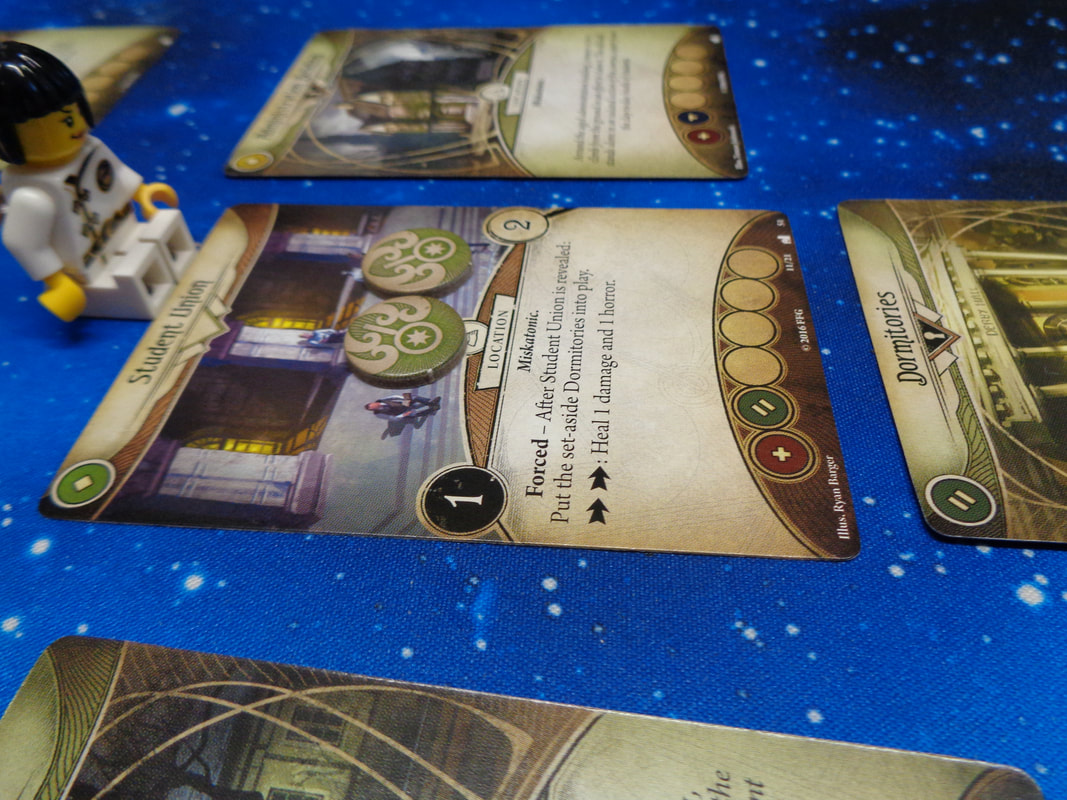
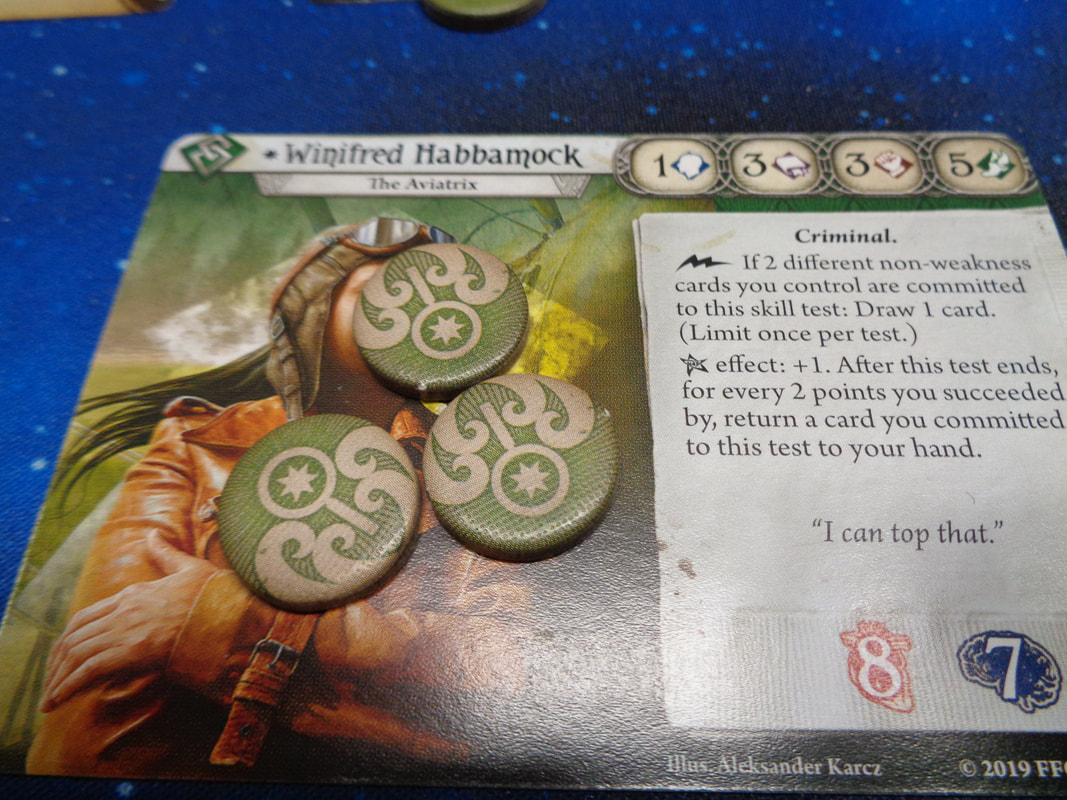
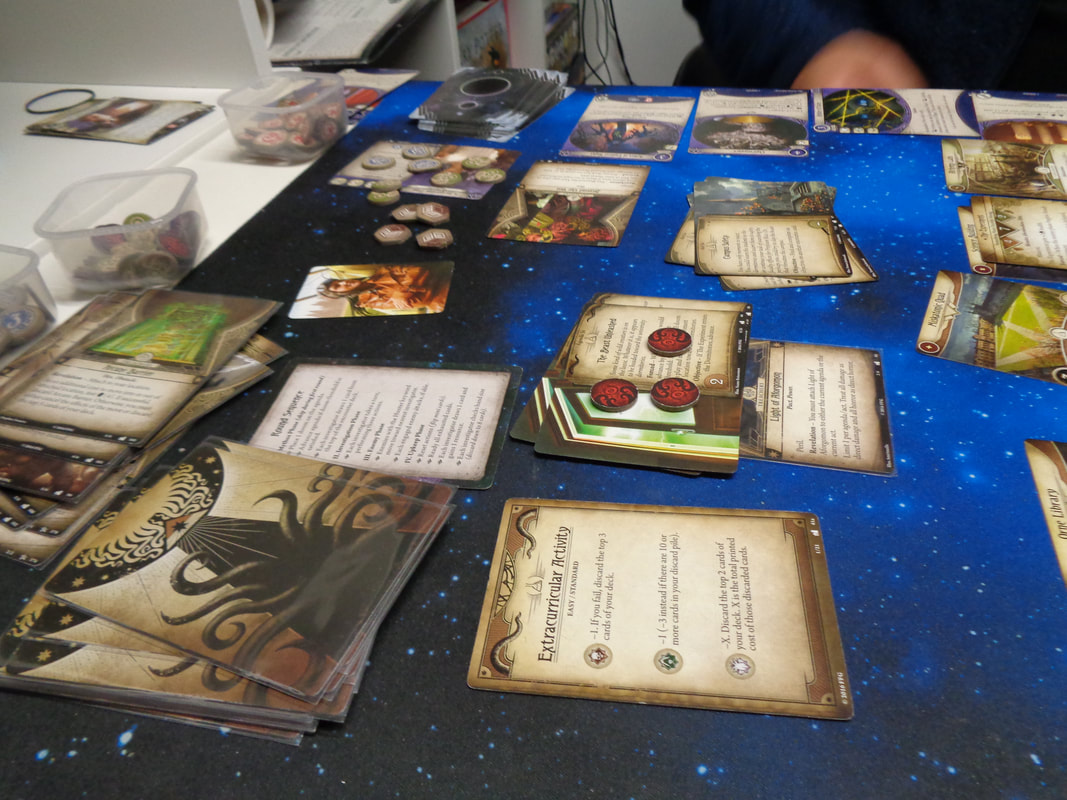
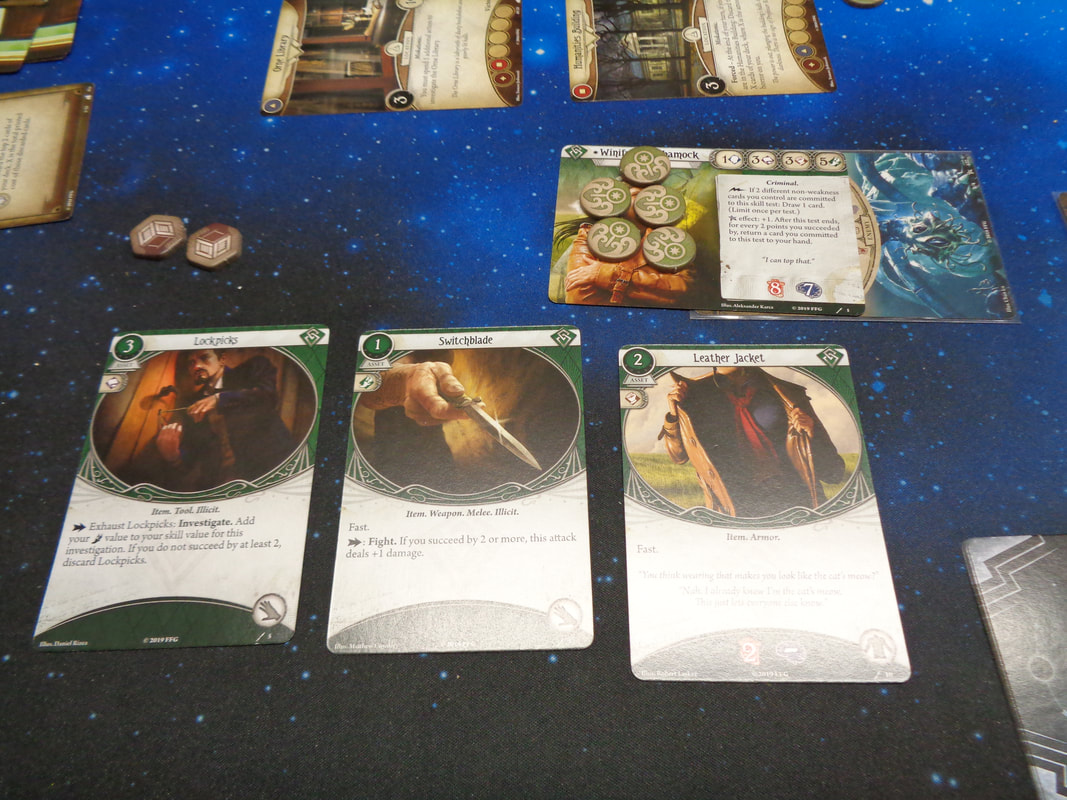
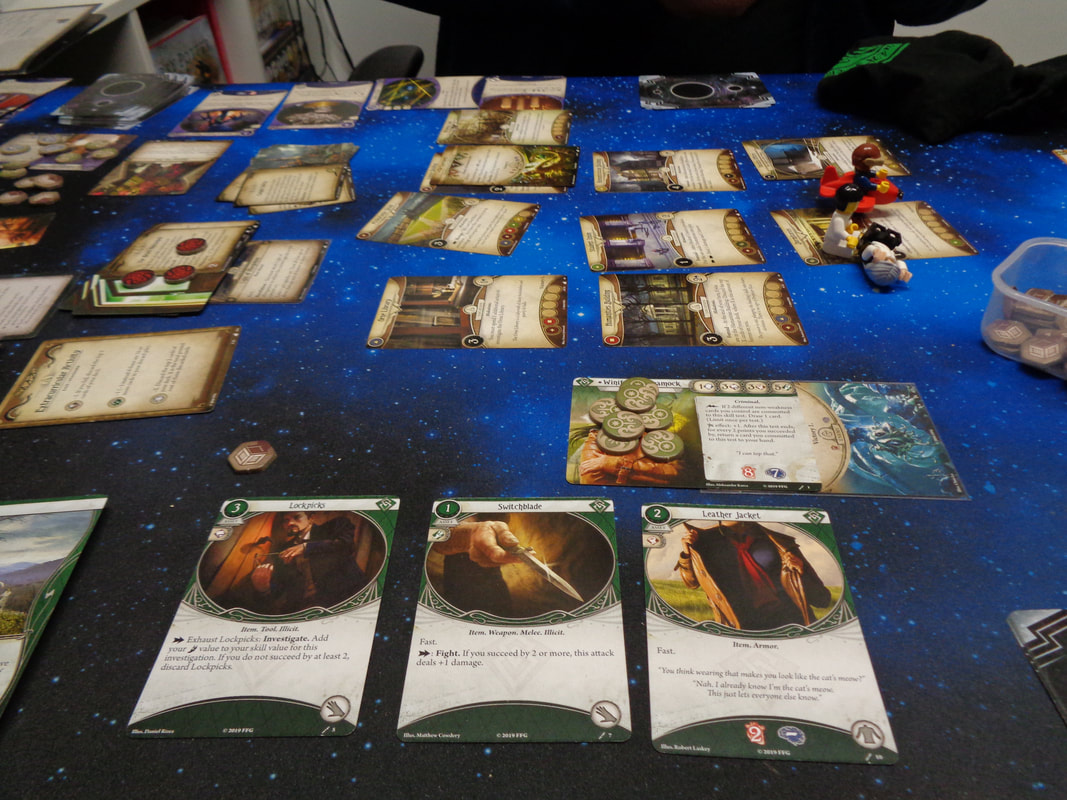
 RSS Feed
RSS Feed
